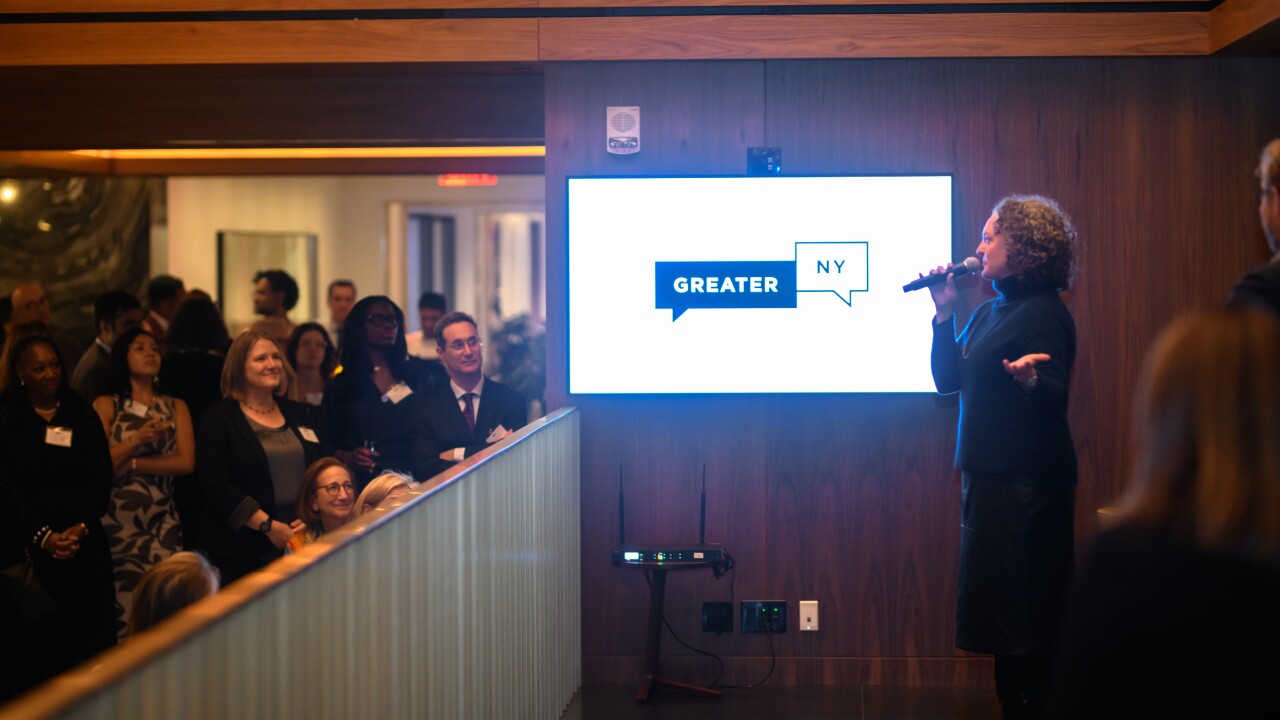With so many shoppers looking to buy gifts online and consumers increasingly sharing information across a sea of applications, the opportunity for information to be compromised is only growing.
Customer data is a key enabler for fraud attacks and the frequency of data breaches among other successful attack types has provided fraudsters with valuable sources of personal information.
With PIN and password leaks on the rise, personal identifiable information is readily accessible on the black market, resulting in fraudulent money transfers, credit card opening and more.

In today’s digital age, organizations should assume that any data they hold will eventually get hacked. The key is figuring out how to make the information compromised useless for those who get access to it.
Passwords, numerical pins, social security numbers and personal history questions are all knowledge-based. Once someone else has that information (or “knowledge”), they can use it to falsely provide authentication. Biometric security measures, that consider one's individual biological makeup, provide a way to avoid these risks when leverages appropriately by organizations. This is especially the case for voice biometrics.
By deploying voice biometrics, organizations including large banks, government agencies, telcos and retailers can not only make the process of authentication easier, you can log in without having to type in a password or PIN and simply say a short passphrase such as “my voice is my password,” but also can protect their customers’ identities from being compromised in the case of a hack. Implementing voice biometrics is a much more secure method of identifying and authenticating the user or the account owner, and is certainly going to help mitigate more fraudulent activity.
Today’s voice biometric technologies have robust capabilities to thwart even sophisticated attacks on specific accounts, while large-scale attacks are simply not possible, providing superior security over knowledge based verification approaches.
Furthermore, a voiceprint is simply a string of mathematical algorithms, not the actual voice itself, rendering it useless to a fraudster. Opus Research, a leading analyst firm which follows the industry closely, points to the fact that voice biometric technologies have anti-spoofing mechanisms to detect such attacks as voice recordings, as well as voice synthesis. Even the best impersonators can’t fool a voice biometrics system.
Biometric security is not only voice-based but also includes fingerprinting, facial recognition and behavioral techniques. Now is the time for retailers, telcos and banks to build on that growing acceptance of consumer-grade biometrics and implement enterprise-grade solutions to address growing counts of fraud.





